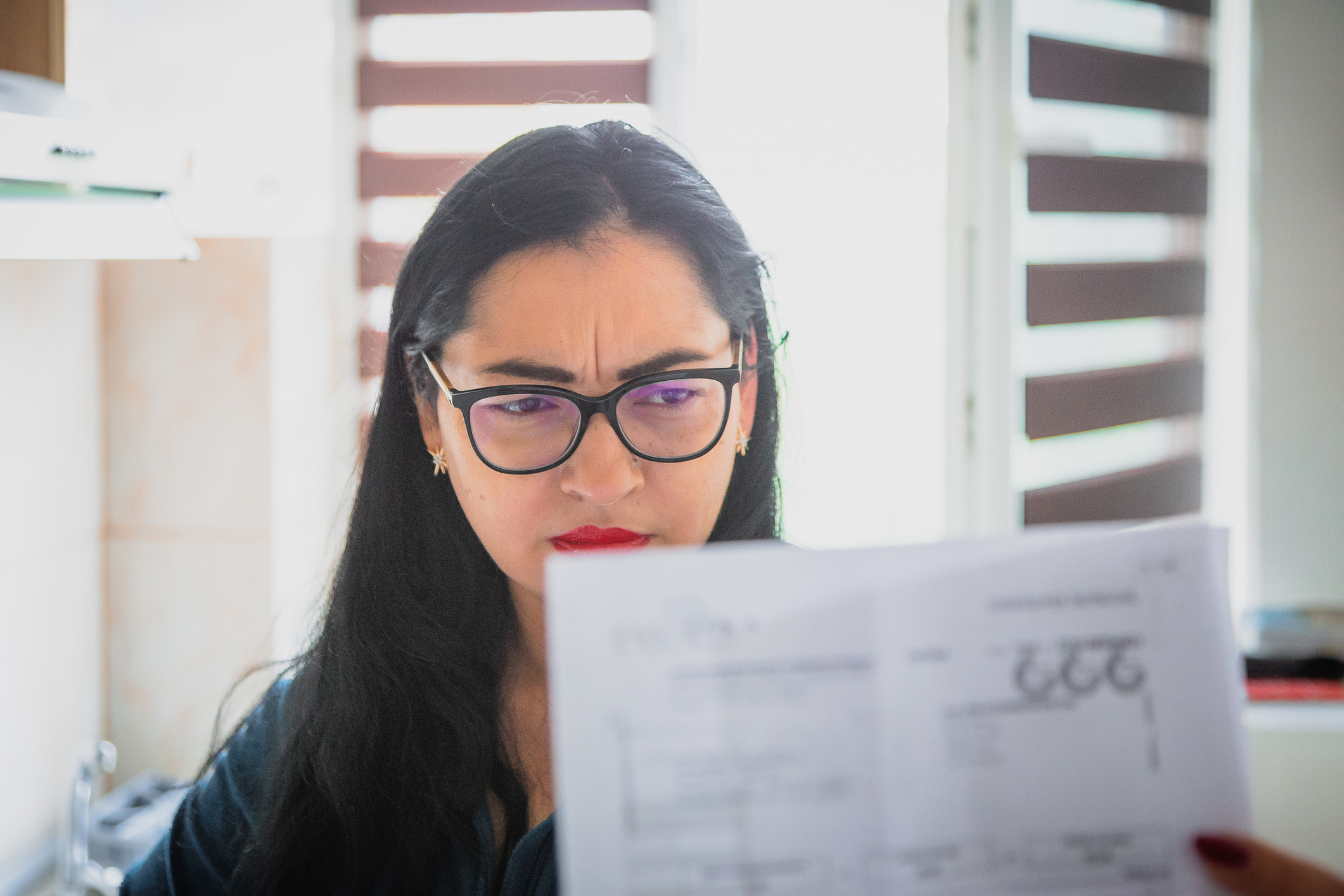Do you want to create a solid financial plan? If you have struggled with money management in the past, you might think that the best option is to hire a financial planner. However, no matter your financial history, good DIY financial planning is still possible — and it can potentially also save you some cash.
Here are some tips on how to save money without a financial planner at your side.
5 steps to create a DIY money-saving system
1. Assess where there's room for improvement
If you're curious about financial planning, chances are there are financial areas in your life you'd like to improve. It could be getting out of debt, reducing overspending, or having better control over your money.
Whatever your "why," spend some time carefully assessing all the snags or issues in your current methods of managing your money. If you're a big spender, what are your triggers? If you don't feel very in control of your money, what's wrong with the system (or lack of) you're currently using?
Be honest with yourself. What could improve — both in your own behavior or your money management system?
2. Plan your budget with a system that works for you
Have you ever set up a budget only to go off the track a couple of days later? Many people set themselves a budget that is either too restrictive or simply isn't practical for them.
This is a surefire way to fail. Instead of following what someone calls "the perfect budget" that may work well for someone else, you need to find one that works for you. In most cases, super restrictive budgets don't work very well.
Instead, consider budgeting methods such as the 50/30/20 rule. This works by allocating 50% of your take-home pay to needs (bills or rent), 30% for wants (fun stuff, days out, etc.), and 20% for savings (retirement or savings pots). This method covers all the necessary expenses you need to allocate money for, while not depriving yourself of buying things that make you happy.
Another simple budget type is the money-saving envelope system. With this, you withdraw cash and stick it in different envelopes allocated for different things. For example, one for rent and bills, one for savings, and one for fun spending. This can easily be replicated for digital accounts as well. The idea is that it can curb overspending because you only have a set amount of money allocated to each spending area.
There are a lot of different methods for saving money, so play around with a couple and see what works and what doesn't.
3. Combat overspending
If overspending is your bad habit, you need to find the cause. Perhaps your budget isn't realistic? Maybe you have issues with impulsive spending? Whatever it is, identify the problem and work backward.
What can you do differently? If you're addicted to certain online shopping sites, try deleting the app from your phone and block the website with a browser extension. Do you overspend at the grocery store? Avoid going when you're hungry, write a strict shopping list, try online shopping (because you can see the total before you check out), or take a finite amount of cash with you.
4. Outline your goals clearly
One of the common mistakes people make when planning their finances is that their goals are a little vague. For example, writing goals like "I want to save more money" or "I want to spend less this month" are too vague. Both of those goals are easy to forget and lose sight of.
Instead, get specific. Make your goals measurable. For example, write out goals like "I want to cut $10 off my grocery bill each month." That's something you can focus on and also clearly assess at the end of the month.
5. Pay yourself first
If nothing else, a great habit is to pay yourself first when you first receive a paycheck. Instead of leaving all your savings until the end of the month and taking what's leftover, save first.
Decide beforehand that you want to save a certain amount or a percentage of your pay towards your savings goals. Set it aside separately. That way, you'll be less tempted to overspend and cut into that money each month.
What's the best way to save money?
The best ways to save money are the ones that work for you. Financial planners can be helpful, but DIY financial planning is still an effective way to save money and help control your finances.
All it takes is a bit of experimentation to find a system that works for you, some careful planning, and a dash of spending discipline on top.


